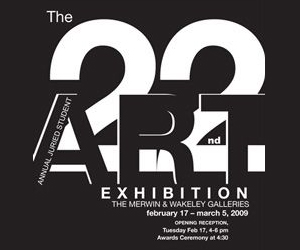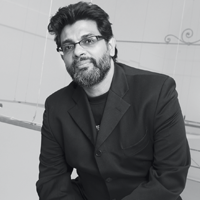
Design
March 2012 Issue 7Design has been understood variously around the world. In general, it is seen to refer to objects with specific physical and social functions: architecture; fashion garments, accessories and textiles; products and graphic communication content. Some definitions come from movements speculating the functions of design itself. Some, define it in relation to art, an approach to view visual and material phenomena. Some emphasize its aesthetic role in beautifying environments. And some see it as a practice to create systems of functioning.
In international discussions, its chief role is seen as a process of convergence – of disciplines, ideologies, materials, thought processes and paradigms. Its ability to inform all of culture – the way a people think and interact – concerns itself with the quests and tools for change. And the question of values, therefore, is central to design. These values – aesthetic, emotional, material, intellectual – are those anchors that inform quality of life, and are reflected in the forms and colours of considered making. This allows design to be seen as a means through which values are held onto, discarded, sifted, sorted and refined. ‘Design’ as a theme has always been much called on for TAKE, a venture that is in sync with the spirit of the magazine, an opportunity to negotiate the boundaries of notions of ‘Art’ and the chance to assert design’s place within it.
View Index Buy Now







